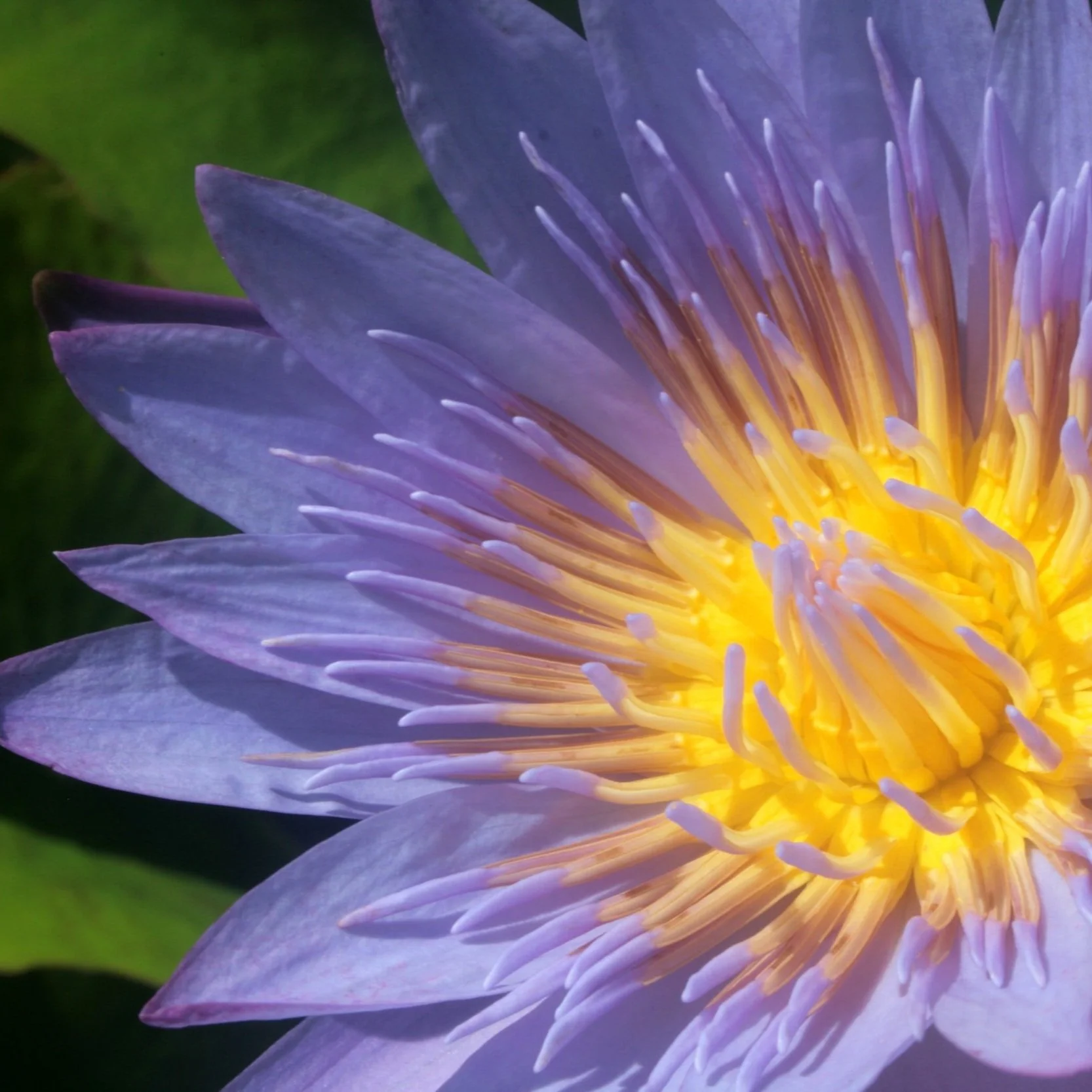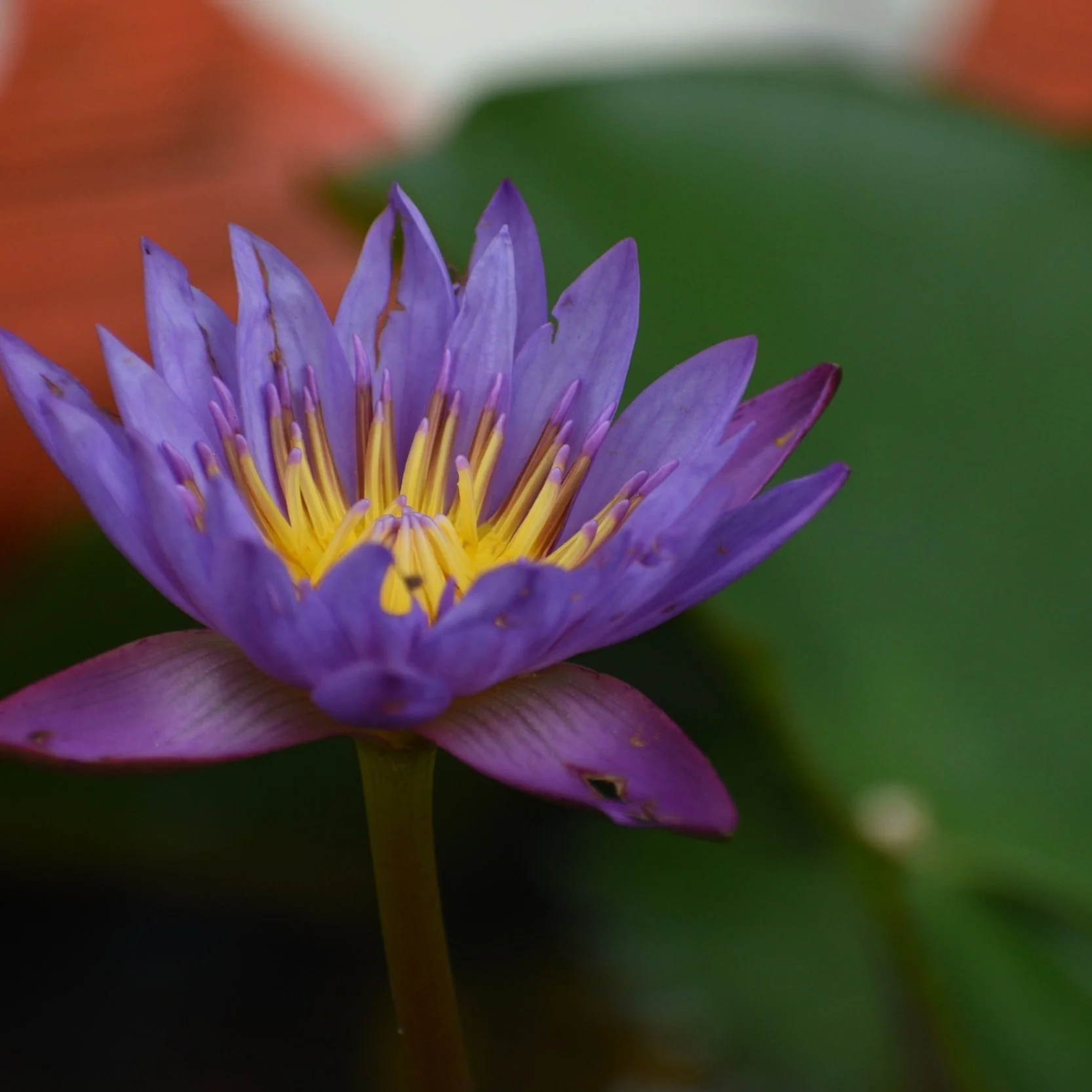Lotus Flower Tea: Culture, Origins, and Health Benefits Explained
Blue lotus flower tea is a popular herbal beverage that has been used for centuries in various cultures around the world. The tea is made from the dried flowers of the blue lotus plant, which contains several natural compounds with potential health benefits. In recent years, the tea has gained popularity in the wellness community for its purported ability to promote relaxation, relieve stress, and induce a sense of euphoria. In this article, we will explore the effects of blue lotus flower tea and examine the scientific evidence behind its claimed benefits.
Explore the Potential Health Benefits and Calming Effects of Blue Lotus Flower Tea
If you're interested in natural remedies for stress, anxiety, and sleep, you may have heard of blue lotus flower tea and its purported calming effects, but what is blue lotus flower tea and what does the scientific evidence say about its potential benefits?
What Exactly are Blue Lotus Flowers?
The blue lotus flower, also known as Nymphaea caerulea, is a water lily that is native to Egypt and other parts of Africa. The flower has been used for its medicinal and spiritual properties for thousands of years, and its use dates back to ancient Egyptian times.
Blue lotus flower tea is a beverage made by steeping the dried petals of the blue lotus flower in hot water. The tea has a sweet, floral taste and a subtle aroma, and is known for its calming and relaxing effects. The tea can be consumed alone or blended with other herbs, such as chamomile or lavender, to enhance its soothing properties. Blue lotus flower tea can be found in health food stores and online retailers, and is often marketed as a natural remedy for anxiety, stress, and insomnia.
Blue Lotus Flowers vs. Lotus Flowers
While both Blue Lotus and Lotus flowers are aquatic plants that grow in similar environments, they come from different plant species. Blue Lotus, also known as Nymphaea Caerulea, is a water lily with blue flowers, while Lotus, also known as Nelumbo Nucifera, is a plant with pink or white flowers and large, distinctive leaves. While they are not the same plant, both have been used for various purposes in traditional medicine, spiritual practices throughout history and for making floral tisanes.
History and Origins
Blue lotus flower, also known as Nymphaea caerulea, has a long and rich history dating back to ancient Egyptian times, where it was considered a sacred plant and was used for its medicinal and spiritual properties. The flower was often depicted in ancient Egyptian art and was used in various religious ceremonies. Blue lotus flower tea, made from the dried petals of the blue lotus flower, has been consumed for thousands of years and was also used by ancient Egyptians for its calming and relaxing effects. Today, blue lotus flower tea remains popular in various cultures around the world and is often used as a natural remedy for anxiety, stress, and insomnia.
Psychoactive Properties
Blue lotus flower tea is known to have mild psychoactive properties, as it contains natural compounds that can induce a sense of relaxation and euphoria. However, it is not considered a hallucinogen and its effects are generally described as mild and subtle.
As for its legality, the regulations surrounding blue lotus flower tea vary depending on the country or region. In some places, such as the United States and Canada, blue lotus flower tea is legal and can be purchased and consumed without restriction. In other places, such as certain countries in Europe and Asia, the use of blue lotus flower tea may be restricted or prohibited. It is important to check the local regulations before purchasing or consuming blue lotus flower tea.
Health Benefits and Side Effects
Some preliminary studies suggest that blue lotus flower tea may have potential as a natural remedy for anxiety, stress, and insomnia, as well as for its anti-inflammatory and antioxidant properties.
While there is limited scientific research on the health benefits of blue lotus flower tea, some studies have examined its potential calming effects. For example, a 2014 study found that blue lotus flower extract had an anxiolytic effect in rats, meaning it helped to reduce anxiety. Further studies found that blue lotus flower extract had a sedative effect in mice, suggesting it may have potential as a natural sleep aid. While these studies are promising, further research is needed to determine the full extent of blue lotus flower tea's potential calming effects in humans.
As for side effects, blue lotus flower tea is generally considered safe when consumed in moderation. However, some individuals may experience mild side effects, such as dizziness, nausea, or stomach discomfort. Additionally, blue lotus flower tea may interact with certain medications or supplements, so it is important to talk to a healthcare provider before consuming it, particularly if you are taking any medications or have any underlying health conditions.
Blue Lotus as an Aphrodisiac
Blue lotus has been traditionally used as an aphrodisiac tea in some cultures, and some people believe that it can enhance sexual desire and performance. Some studies have suggested that blue lotus may have a relaxing effect on the body, which could potentially enhance sexual experiences by reducing anxiety and stress. However, more research is needed to confirm the aphrodisiac properties of blue lotus and its effects on sexual function. As with any herbal supplement, it's important to use caution and follow recommended dosage instructions when using blue lotus for any purpose, including as an aphrodisiac.
Growing Blue Lotus Flowers
It is possible to grow your own blue lotus flowers for tea with some careful considerations. Here are some steps you can follow:
Purchase blue lotus flower seeds or plants from a reputable supplier. Blue lotus flower plants are aquatic and require a warm, sunny environment with plenty of water.
Choose a suitable container for growing your blue lotus plant, such as a pond or a large pot with drainage holes. Fill the container with fresh water and add some aquatic plant fertilizer to promote growth.
Plant the blue lotus seeds or plants in the container, making sure they are fully submerged in water. The plants will require at least 4-6 hours of direct sunlight each day to grow properly.
Monitor the water level and make sure it does not become stagnant. Change the water regularly to prevent the growth of algae and other contaminants.
Wait for the blue lotus flowers to bloom. Once the flowers have bloomed, harvest the petals and allow them to dry in a cool, dark place for use in tea.
Uses
Blue lotus flower has been used for a variety of purposes throughout history, including:
Spiritual and religious ceremonies: Blue lotus flower was considered a sacred plant in ancient Egyptian religion and was often used in various religious ceremonies.
Medicinal purposes: Blue lotus flower has been used as a traditional remedy for various ailments, including anxiety, insomnia, pain, and gastrointestinal issues.
Cosmetics and personal care: Blue lotus flower has been used in cosmetics and personal care products for its moisturizing and possible anti-aging properties.
Culinary uses: Blue lotus flower has been used in some cuisines for its unique flavor and fragrance, and its petals can be steeped to make tea or added to dishes as a garnish.
Recreational purposes: Blue lotus flower is known for its mild psychoactive properties, and is sometimes used recreationally for its relaxing and euphoric effects. However, it is important to use caution and follow recommended dosage instructions when using blue lotus flower for recreational purposes.
How to Make Blue Lotus Flower Tea: A Delicate and Subtly Sweet Herbal Brew
If you're interested in trying a natural and delicately flavored herbal tea, learning how to make blue lotus flower tea might be just what you need, as it has a subtle, sweet taste and delicate aroma.
Taste
Blue lotus flower tea has a subtle, slightly sweet flavor and a floral aroma. Some people compare its taste to that of chamomile tea or green tea, with hints of honey or vanilla. The taste can also vary depending on the quality and freshness of the blue lotus flower petals used to make the tea. Some people may find the taste of blue lotus flower tea to be too mild or lacking in flavor, while others may appreciate its delicate taste and soothing aroma.
Making Blue Lotus Flower
To make blue lotus flower tea, you will need dried blue lotus flower petals and hot water. Here are the steps to make blue lotus flower tea:
Add 1-2 teaspoons of dried blue lotus flower petals to a tea infuser in a cup or to a teapot.
Boil water in a kettle or on a stove. The ideal temperature for steeping blue lotus flower tea is under boiling between 180-190°F.
Pour the hot water over the tea infuser or tea bag in a cup or mug.
Let the tea steep for 3-10 minutes, depending on your preference for strength.
Strain the loose petals using a fine mesh strainer and enojy your blue lotus flower tea plain or with honey, lemon, or other flavorings if desired.
Blending Blue Lotus
Blue lotus flower tea can be blended with other herbs, flowers, and teas to create a unique flavor profile. Some popular options include lavender, chamomile, lemon balm, and mint, which can complement the delicate taste of blue lotus and add their own therapeutic properties. Other flowers like rose, hibiscus, and jasmine can also be blended with blue lotus petals to create a floral and fragrant tea. Additionally, some people enjoy adding honey or lemon to their blue lotus flower tea to enhance the taste and aroma. The possibilities for blending blue lotus flower tea with other ingredients are endless, and experimenting with different combinations can be a fun and enjoyable way to discover new flavors and health benefits.
Enjoy a Cup of Calming Blue Lotus Flower Tea
Blue lotus flower tea is a natural herbal tea with a long history of use in various cultures for its potential health benefits and relaxing effects. While some studies suggest that blue lotus flower tea may help reduce anxiety, promote relaxation, and enhance mood, more research is needed to confirm its therapeutic properties. Additionally, it's important to use caution and follow recommended dosage instructions when using blue lotus flower tea for any purpose, as excessive or inappropriate use may result in unwanted side effects. Ultimately, blue lotus flower tea may be a pleasant addition to your tea collection, and can be enjoyed for its subtle, sweet taste and delicate aroma.
Read More Herbal Tea Articles
It is important to note that any health advice provided in this article is for informational purposes only and should not be taken as medical advice. Always consult with a qualified healthcare professional before making any changes to your diet, exercise routine, or overall health. The information provided is not a substitute for professional medical advice.





